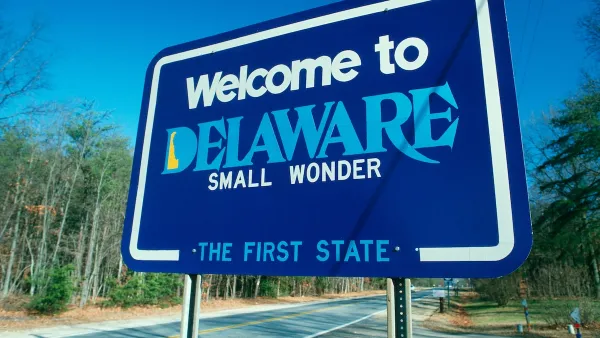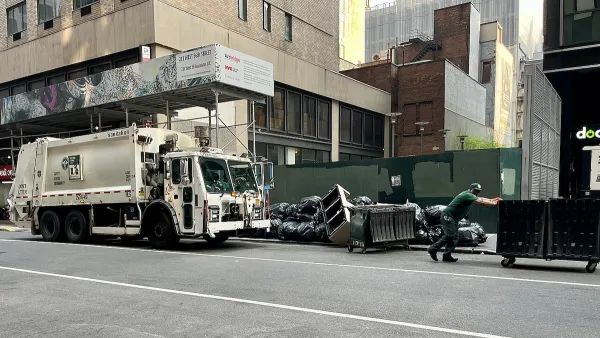Called by some the "third industrial revolution," what are some of the opportunities and costs of applying 3D printing to issues facing the developing world, and more importantly, emergency housing?
As discussed by Hannah Fearn on The Guardian, international aid organization Oxfam is already using 3D printing to replace parts and fittings for taps and British sanitation kits in Lebanon that otherwise must be shipped from overseas. By using this technology, Oxfam can fix minor issues quickly, and as the technology progresses, they "will be able to make larger and larger things."
Oxfam is also looking into 3D printers to print emergency shelters. Gilles Retsin, a designer working on printed housing explains how, "it might be possible to print something very quickly in an unexpected site without the need for shipping anything. We would transport a printer and then we would use the materials on the site, such as sand."
Indeed, according to Fearn, "as it takes just 24 hours to build a set of rooms using local materials fed into a printer, it may have a useful function as a way to quickly and cheaply build medium-term accommodation during the rebuilding process." Moreover, based on the cultural and religious needs of the community, designers can adapt the dimensions of the house for more cultural sensitivity in regards to housing needs and spatial layout.
However, Maggie Stephenson, adviser to the UN Habitat, warns development professions must be "aware that the pioneers of this technique, like the pioneers of any technique, are always the most enthusiastic about its potential."
FULL STORY: 3D Printing: What Does it Mean for Sanitation and Shelter

National Parks Layoffs Will Cause Communities to Lose Billions
Thousands of essential park workers were laid off this week, just before the busy spring break season.

Retro-silient?: America’s First “Eco-burb,” The Woodlands Turns 50
A master-planned community north of Houston offers lessons on green infrastructure and resilient design, but falls short of its founder’s lofty affordability and walkability goals.

Delivering for America Plan Will Downgrade Mail Service in at Least 49.5 Percent of Zip Codes
Republican and Democrat lawmakers criticize the plan for its disproportionate negative impact on rural communities.

Test News Post 1
This is a summary

Test News Headline 46
Test for the image on the front page.

Balancing Bombs and Butterflies: How the National Guard Protects a Rare Species
The National Guard at Fort Indiantown Gap uses GIS technology and land management strategies to balance military training with conservation efforts, ensuring the survival of the rare eastern regal fritillary butterfly.
Urban Design for Planners 1: Software Tools
This six-course series explores essential urban design concepts using open source software and equips planners with the tools they need to participate fully in the urban design process.
Planning for Universal Design
Learn the tools for implementing Universal Design in planning regulations.
EMC Planning Group, Inc.
Planetizen
Planetizen
Mpact (formerly Rail~Volution)
Great Falls Development Authority, Inc.
HUDs Office of Policy Development and Research
NYU Wagner Graduate School of Public Service





























